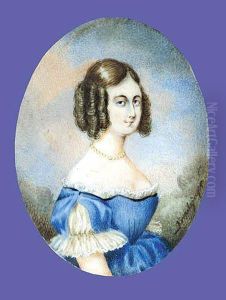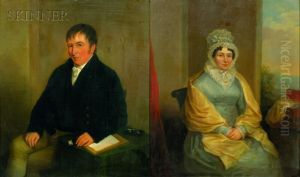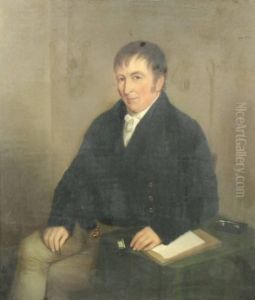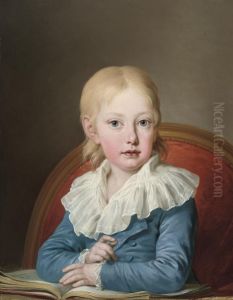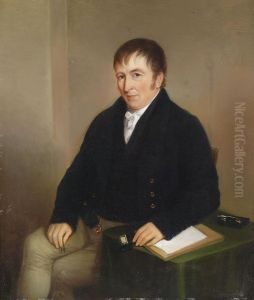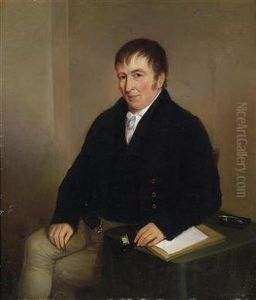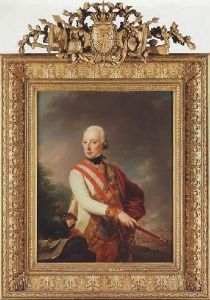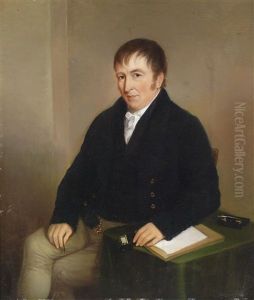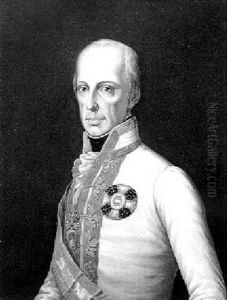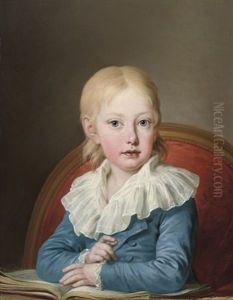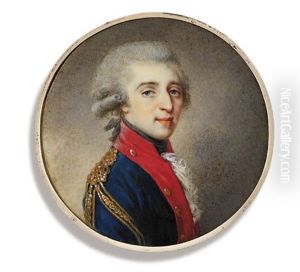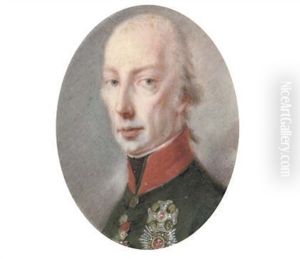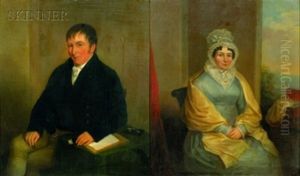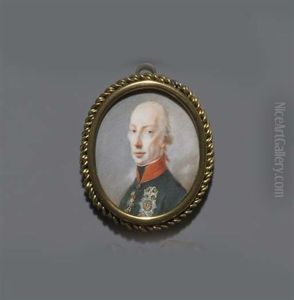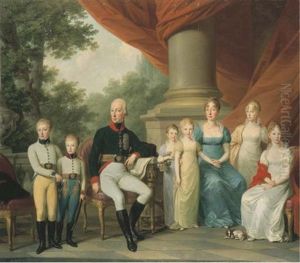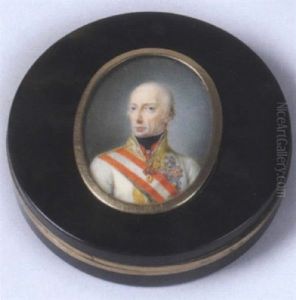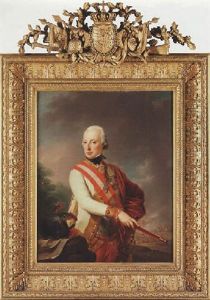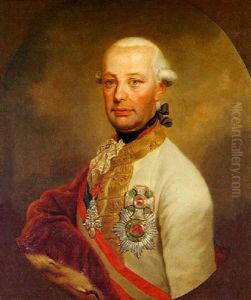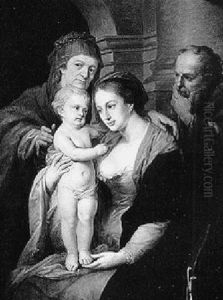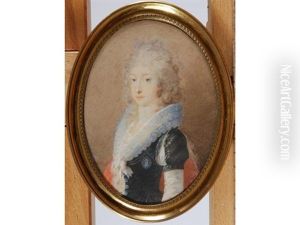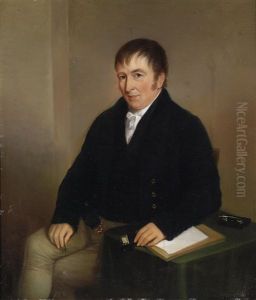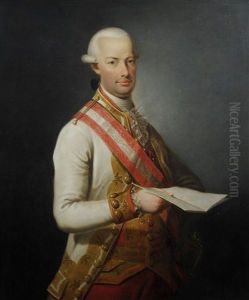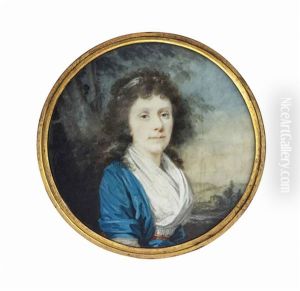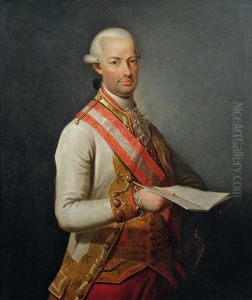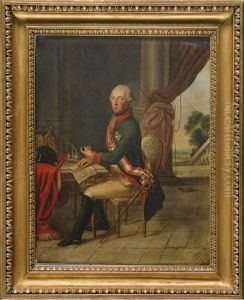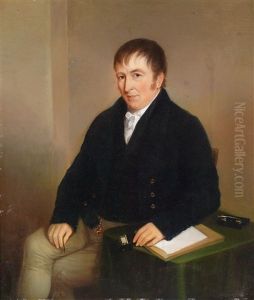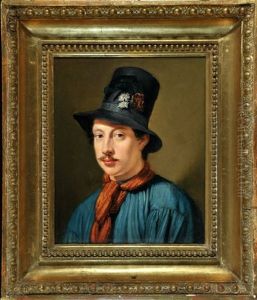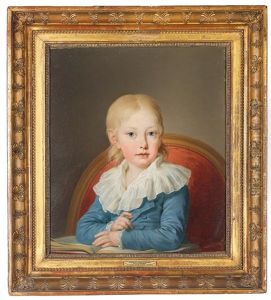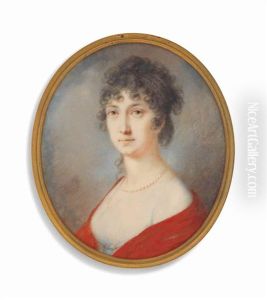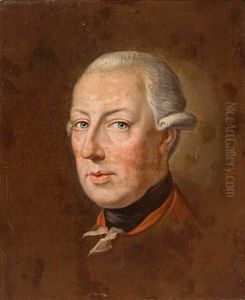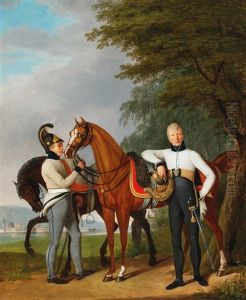Josef Kreutzinger Paintings
Josef Kreutzinger was an Austrian painter, known primarily for his portraits, who played a significant role in the art scene of Vienna in the late 18th and early 19th centuries. Born in Vienna in 1757, Kreutzinger showed an early talent for the arts, which led him to study under notable artists of the time. His education and skill development took place in an era when Europe was undergoing significant changes, not only politically and socially but also culturally, with the Enlightenment influencing various aspects of life including the arts.
Kreutzinger's career flourished in the Habsburg court, where he became a sought-after portraitist among the aristocracy and high bourgeoisie. His ability to capture the elegance, sophistication, and individual character of his subjects earned him a lasting reputation. His works are characterized by their meticulous detail, vibrant colors, and the subtle yet expressive depiction of his sitters. Despite the popularity of neoclassicism during his lifetime, Kreutzinger's style remained somewhat distinct, blending elements of the late Baroque with emerging neoclassical tendencies, reflecting the transitional period in which he lived.
Throughout his career, Josef Kreutzinger exhibited a keen ability to adapt to changing tastes and artistic demands, which allowed him to maintain a prominent position within Vienna's art circles. His portraits not only serve as a testament to his skill as an artist but also provide valuable insights into the cultural and social dynamics of his time. Kreutzinger's legacy is preserved in the collections of major museums and galleries, where his work continues to be appreciated for its historical significance and artistic merit. He passed away in 1829, leaving behind a body of work that continues to be studied and admired for its contribution to European portrait painting.
